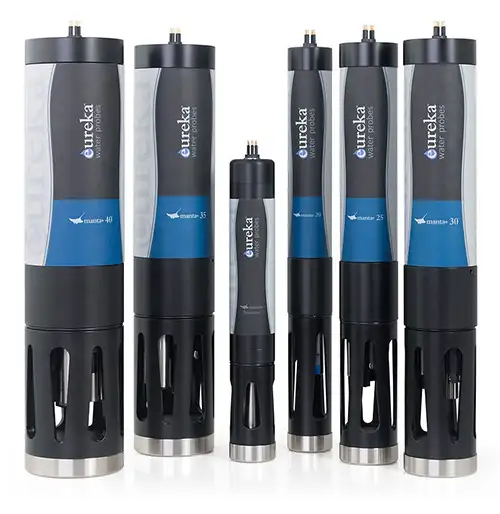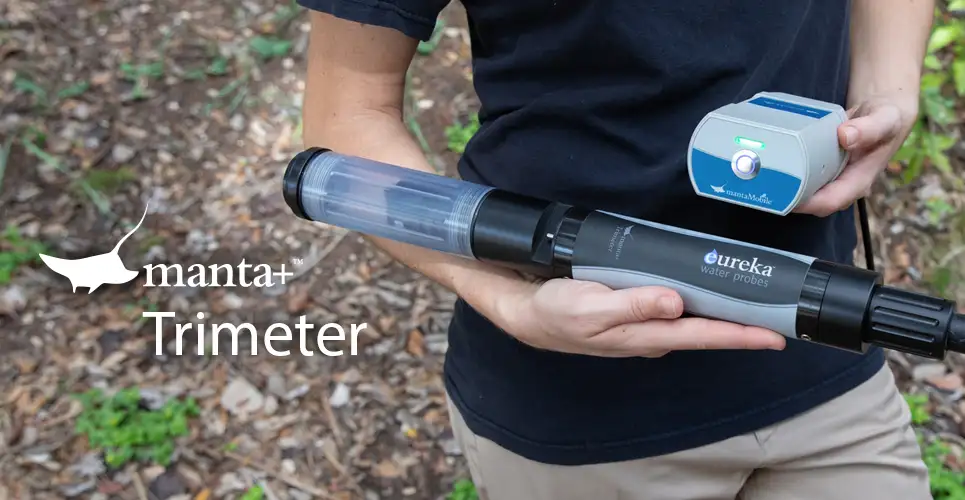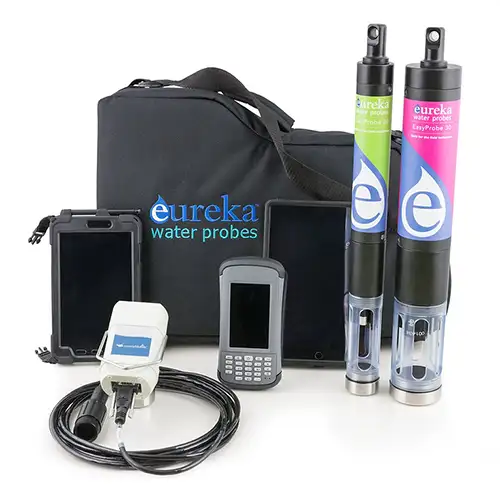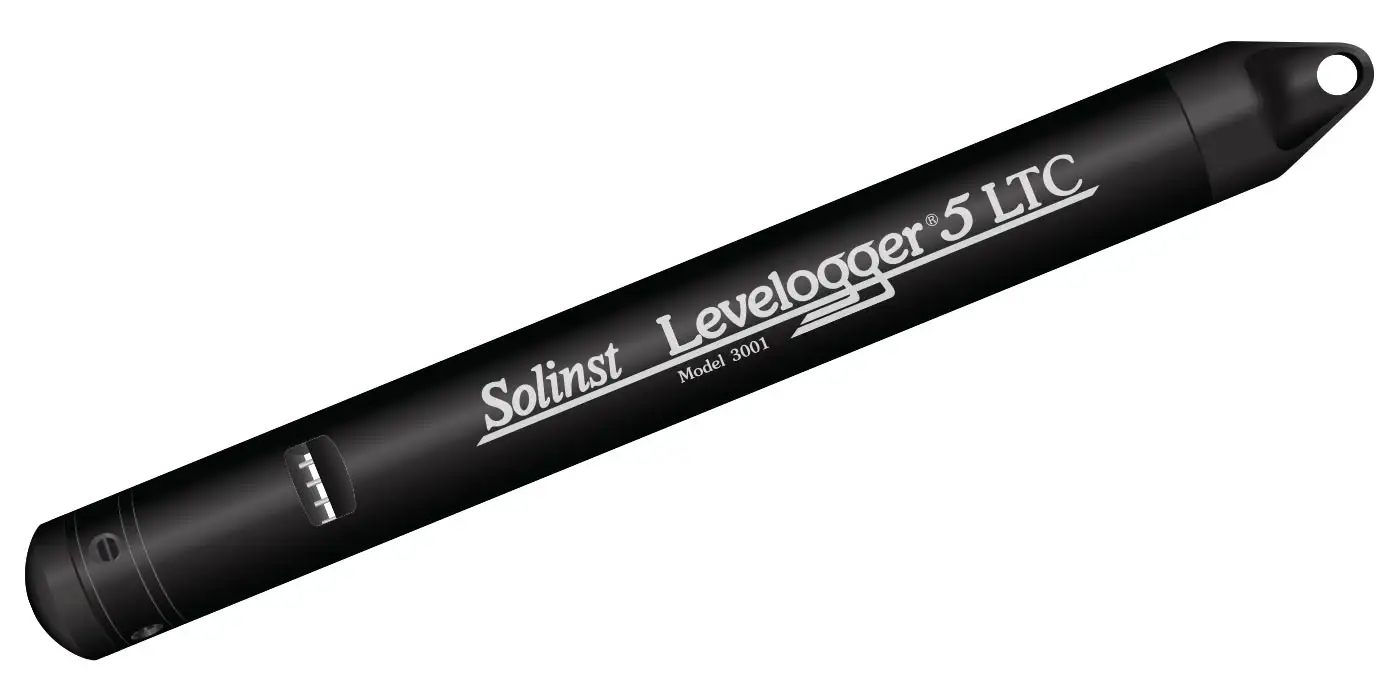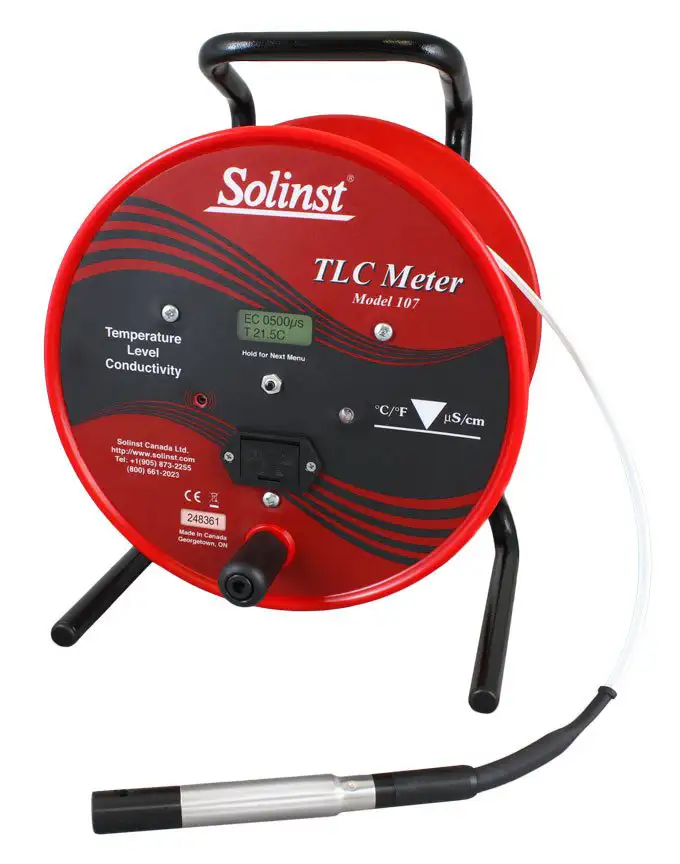Tryptophan Sensors: Water Quality Monitoring
Solinst Eureka
2113 Wells Branch Pkwy, Suite 4400
Austin, TX, USA
78728
Tel: +1 512-302-4333
Fax: +1 512-251-6842
email: [email protected]
Water Quality Probes
Solinst Eureka, a global leader in the design and manufacture of multiparameter water quality sondes.
Solinst Field Services
Safeguard your project’s success and mitigate any potential for downtime or additional costs.
Why would I want to measure Tryptophan?
Tryptophan is an amino acid dissolved in water that has a specific excitation and emission. It is classified as protein-like organic matter and sources may include water systems with high biological activity and wastewater or industrial discharge. Tryptophan is yet another parameter researchers can measure to track wastewater effluent, which may greatly impact habitats and wildlife.
How is Tryptophan Measured?
Many of the instruments available for measuring fluorescence of Tryptophan are cumbersome, complex, expensive, and require a high degree of training and expertise to operate. These instruments may also provide too much information to end users who are looking for a simple measure of fluorescence response from, and relative changes of Tryptophan in water. Solinst Eureka’s tryptophan sensor is a fluorometric sensor. Fluorescence occurs when a molecule absorbs light energy at one wavelength and then emits that energy at a different wavelength. Fluorometric sensors emit light at a certain wavelength, and look for a very specific, different wavelength in return.
The Tryptophan fluorometer outputs a 0-5 volt analog signal proportional to the fluorescence response of the Tryptophan dissolved in water. The MantaPlus converts the signal to a digital format, for the measurement of Tryptophan in concentrations 0 – 5000 ppb.
For the purpose of identifying the presence/absence of protein-like organic matter that may indicate wastewater discharge, Eureka’s Tryptophan fluorometer enables users to detect Tryptophan within a low level range (limit of detection of 3 ppb) needed for this type of environmental study.
What should I know about Tryptophan measurement in the field?
The microbial contamination of waterways by fecal microbes, and specifically, pathogenic microbes, presents a major problem in the United States and worldwide. Recreational waters are susceptible to a variety of microbial pollution sources containing pathogenic microorganisms that can cause GI, upper respiratory tract, ears, eyes, nasal cavity and skin infections. Laboratory analysis, used for measuring fecal indicator bacteria can take 18-24 hours, which is too long since water conditions may change rapidly, putting swimmers at increased risk. Many studies are underway to explore the alternative approach of measuring tryptophan fluorescence real-time, and using correlation coefficients to translate to Total Coliforms. This approach is much less costly over time, with faster results.
Features of Solinst Eureka’s Tryptophan Sensors
Solinst Eureka MantaPlus multiparameter probes may be configured to include any of our fluorometers. The Tryptophan sensor may be installed along with other sensors such as additional fluorometers, turbidity, dissolved oxygen, pH and conductivity. This makes for a cost-effective approach, as there is no need to buy a dedicated fluorometer system. Operation is made easy, as the Tryptophan sensor is controlled by the Manta software, like other installed sensors. When only the Tryptophan sensor is needed, it may be installed stand-alone on one of Eureka’s smaller probes, such as the Trimeter.
Manta Plus and Trimeter Multiprobes may be configured as loggers with battery backs for autonomous self-powered deployment, used with field displays for site-to-site spot checking, or connected to data telemetry stations for real-time remote monitoring. Eureka sondes equipped with fluorometers are portable, durable, and cost-effective.
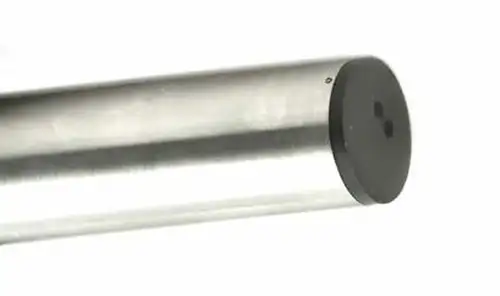
Tryptophan Sensors for
Water Quality Sondes
- Range
0 to 5000 ppb - Accuracy
linearity of 0.99 R² - Resolution
0.01 - Units
ppb - Calibration
lab-qualified sample - Maintenance
occasional cleaning - Sensor Life
5+ years - Sensor Type
fluorescence
Related Products
Manta Series Water Quality Probes
Solinst Eureka offers the largest selection of water quality sensor technologies in the industry. So in addition to standard configurations, each probe may be customized for your specific application. Pick sensors of your choice to fully populate larger probes, or add a battery pack to convert a probe to a logging device.
Manta Trimeter Water Quality Probe
The Trimeter holds any one sensor* from the Sensor Parameters list, Plus temperature and depth sensors (both are optional). For example, a Trimeter configuration could be turbidity, temperature, and depth. Another example could be DO and temperature.
EasyProbe: Water Quality Sondes
The EasyProbe, by Solinst Eureka, is a high-performance, cost-effective water quality monitor. It's ideal for spot-checking, remote telemetry, education, research, aquaculture, and more. The EasyProbe20 includes sensors for temperature, dissolved oxygen, conductivity, and pH, while the EasyProbe30 adds a turbidity sensor. Eureka multiprobes are known for their reliability, with a three-year warranty covering all sensors, and have the lowest maintenance costs in the industry.
Water Level, Temperature & Conductivity Datalogging
The Levelogger 5 LTC measures and logs water level fluctuations, temperature and conductivity. It is programmed to record at intervals as often as 2 seconds. It includes an 8-year battery, memory for 100,000 sets of readings, and comes in 6 pressure ranges. A PFAS-free coating (inside and out) provides superior corrosion and abrasion resistance.
TLC Meter – Measure Accurate Temperature, Level & Conductivity
A TLC Meter provides accurate, stable temperature and conductivity measurements, displayed on a convenient LCD display for easy reading. Static water level and depth of readings are read off Solinst flat tape, which is precisely laser-marked every mm or 1/100 ft. Tape lengths are available to 300 m (1000 ft).

